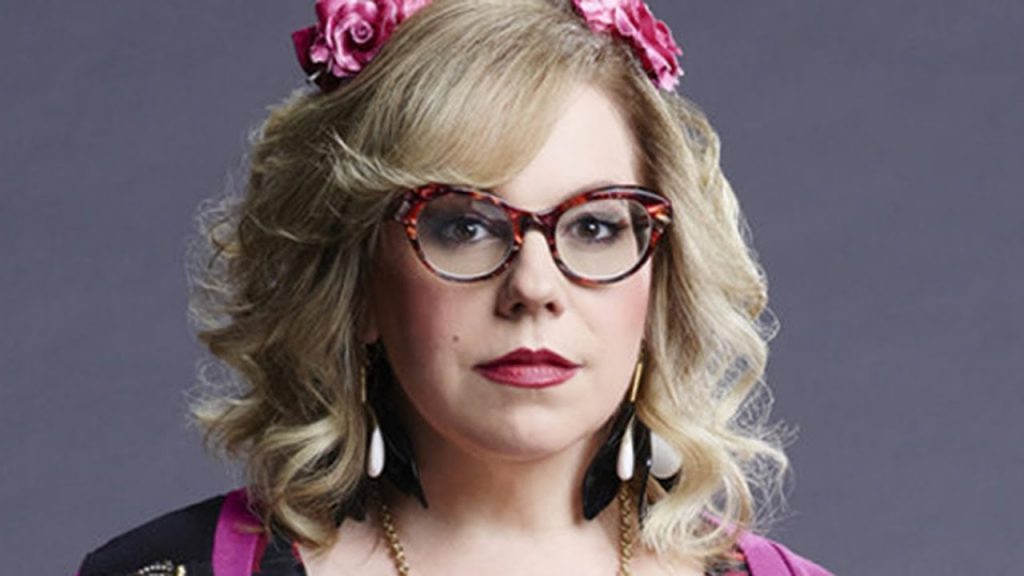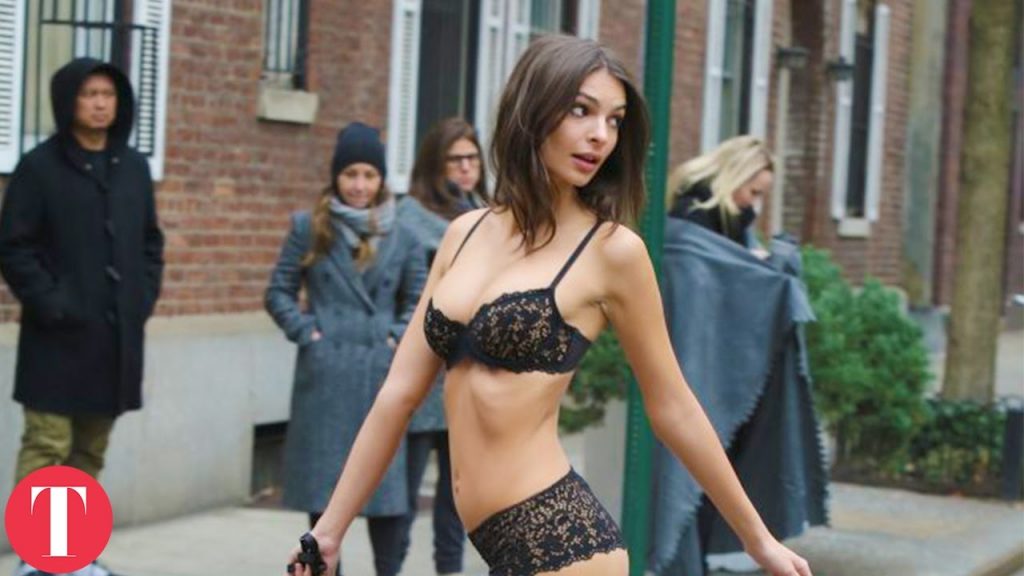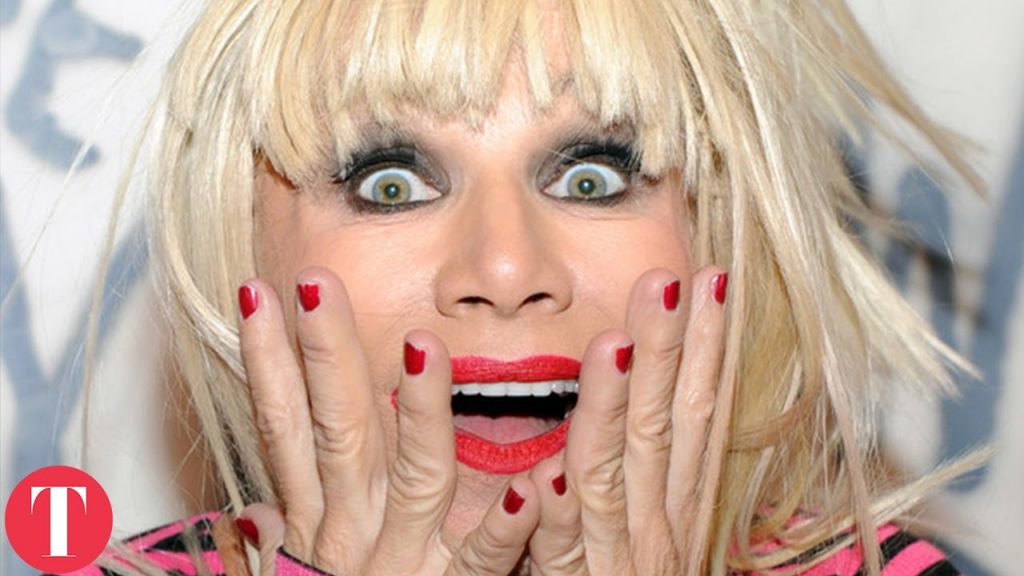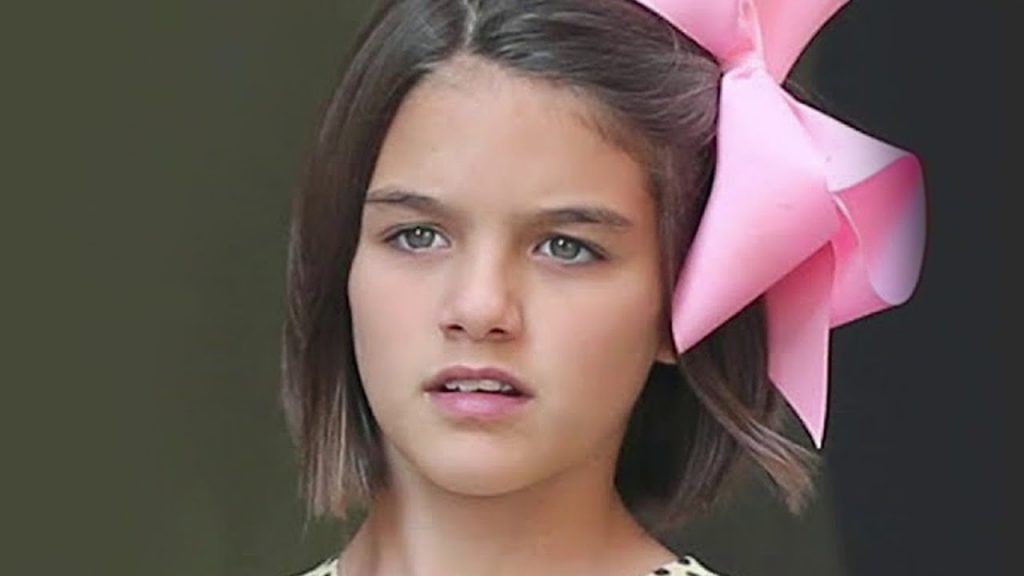SCARY STORIES TO TELL IN THE DARK (2019) Ending + Monsters Explained

In SCARY STORIES TO TELL IN THE DARK, the long popular and controversial horror books for children is brought to frightening life on the big screen – unleashing the terrifying creatures from the books into the real world.
Lean all about the monsters and their original appearances in the series, along with the tragic story of troubled spirit Sarah Bellows, as well as explaining the ending that sets things up for sequel.
Who is the movie’s protagonist and what is their objective throughout the story?
Scary Stories to Tell in The Dark is a 2019 horror-thriller film, directed by André Øvredal and written by Dan and Kevin Hageman. The movie is based on a popular children book series that scared kids around the world with terrifying illustrations and eerie tales. The movie adaptation follows a group of teenagers confronting the supernatural entities that are tormenting their small town, and it features a diverse mix of monsters, ghouls, and ghosts that are both familiar and unique.
The movie’s final act presents a series of twists, turns, and scares that deliver a tense and satisfying conclusion to the story. Be warned; spoilers for the ending of Scary Stories to Tell in The Dark follow.
The movie’s protagonist is Stella, a young aspiring writer, who discovers a cursed book in the house of the town’s legendary haunted mansion. The book, written by a mysterious Sarah Bellows, unleashes a series of eerie tales that become real and torment the teenagers, drawing them closer to their inevitable doom.
In the climax, Stella and her friends discover that Sarah Bellows was a victim of a dark conspiracy orchestrated by their ancestors, who used her powerful gift to write the future and control the town’s fate. The group decides to confront the ghosts of the past and lift the curse by confronting the monster that is haunting them. They enter the haunted mansion, face their fears, and ultimately defeat the terrifying Jangly Man, a contorted and twisted creature that represents the ugliness and brutality of human nature.
But the movie’s ending has a shocking twist. While the group thinks they have succeeded in breaking the curse, the book and Sarah’s ghost still haunt them. They quickly realize they were wrong to think that the book was just a tool to control them. It was Sarah’s story that they failed to understand. The writer’s true promise was to seek justice for the innocent victims and expose the town’s dark secrets. Stella’s parents and the town’s authorities are shown to be guilty of covering up crimes and atrocities, and the book’s writing becomes a manifesto for change and a catalyst for a revolution.
The film’s success lies in its effective use of monsters and storytelling to convey a powerful message about the past, present and future. Every monster and ghost represents a social, political or cultural issue that the teenagers must deal with, and they all have a dark backstory that adds depth and complexity to the plot. The Pale Lady, iconic for her creepy appearance and luring voice, represents conformity and the pressure to fit in. The Big Toe, another popular story from the book series, symbolizes greed and desire, and so on.
In conclusion, Scary Stories to Tell in The Dark manages to bring the classic stories and characters to life while adding its own unique twist. It blends horror and drama, creating an engaging and thought-provoking tale that is both exciting and relevant. The conclusion’s message is clear; the horrors of the past can haunt the present, and it is up to the next generation to break the curse and change the future.









Made $1 Million in 7 Hours, Ruined a Whole City in One
10 Most BIZARRE Women’s Shoes Ever
10 Things ALL Girls Do But Won’t Admit
The Biggest Secrets The Cast Of Roseanne Kept Under Wraps
Celeb Careers That Ended In 2018 Due To An Idiot Mistake